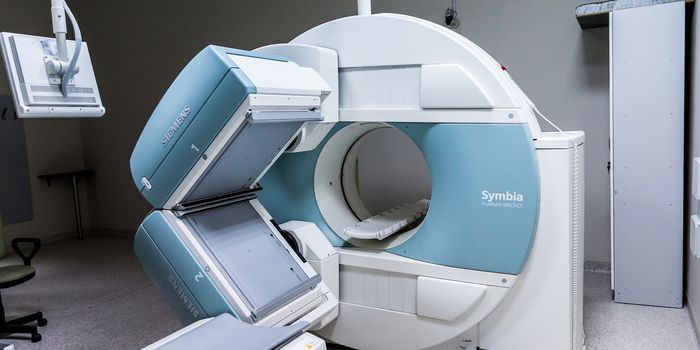New study shows how amyloid-beta aggregates change in real time
A team of researchers at Washington University in St. Louis in the Preston M. Green Department of Electrical and Systems Engineering, researchers have leveraged microscopy techniques to shed light on an ill-understood aspect of neurodegeneration: how amyloid-beta aggregates change in real time. The team’s work is described in a recent article published in Nano Letters.
Amyloid-beta aggregates have always soaked up the media attention. Described as groupings of proteins, they have long been aligned with neurodegenerative conditions like Alzheimer’s disease. Recently approved drugs for Alzheimer’s, for example, have been targeted at treating amyloid plaques in people with Alzheimer’s. However, there is still much researchers don’t know about amyloid-beta aggregates; for example, how do they form or break a part? Up until now, research techniques have yield static images of these aggregates. In a sense, we’ve been able to see the whole amyloid-beta aggregate, but not the pieces that make it or how it is made.
The research team at Washington University have revealed a new way to investigate these aggregates.
Leveraging novel microscopy techniques, researchers were actually able to measure amyloid fibril beta-sheet assemblies in real time. Specifically, researchers had to design a new imaging tool that would enable them to captures snapshots of the amyloid-beta aggregates, including their orientation and smaller details about their overall structure. The novel technology, single-molecule orientation-localization microscopy (SMOLM) uses brief pulses of light to shed light on Aβ42, a specific type of amyloid-beta peptide. The ability to see this type of information can help researchers better understand the building blocks of the amyloid protein overall.
And because peptides like Aβ42 are in a constant state of change, researchers can use the information gleaned from this novel microscopy technique and use it to uncover patterns of “behavior” to better understand how these amyloid-beta aggregates form in the first place.
Sources: Science Daily; Nano Letters








